Struggling to choose between EAAs and collagen for better recovery and strength? You’re not alone — and the answer might surprise you.
Both supplements promise benefits, but they work in very different ways. One builds muscle faster, while the other keeps your joints and tendons strong.
In this article, you’ll get a clear, no-nonsense comparison from a coach who’s tested both — with real-world results, client stories, and science-backed insights.
Let’s break it down so you can train harder, recover faster, and make the most of every rep.
Table of contents
EAAs vs Collagen: Quick Answer
If your main goal is faster recovery and building strength, EAAs (Essential Amino Acids) are the clear winner.
They directly stimulate muscle protein synthesis, reduce post-workout muscle breakdown, and support lean mass development.
Collagen, on the other hand, doesn’t help much with muscle growth — but it shines when it comes to joint health, tendon strength, and injury recovery.
That said, both have unique benefits. And if your budget allows, combining them is a smart move.
What Are EAAs and Collagen?
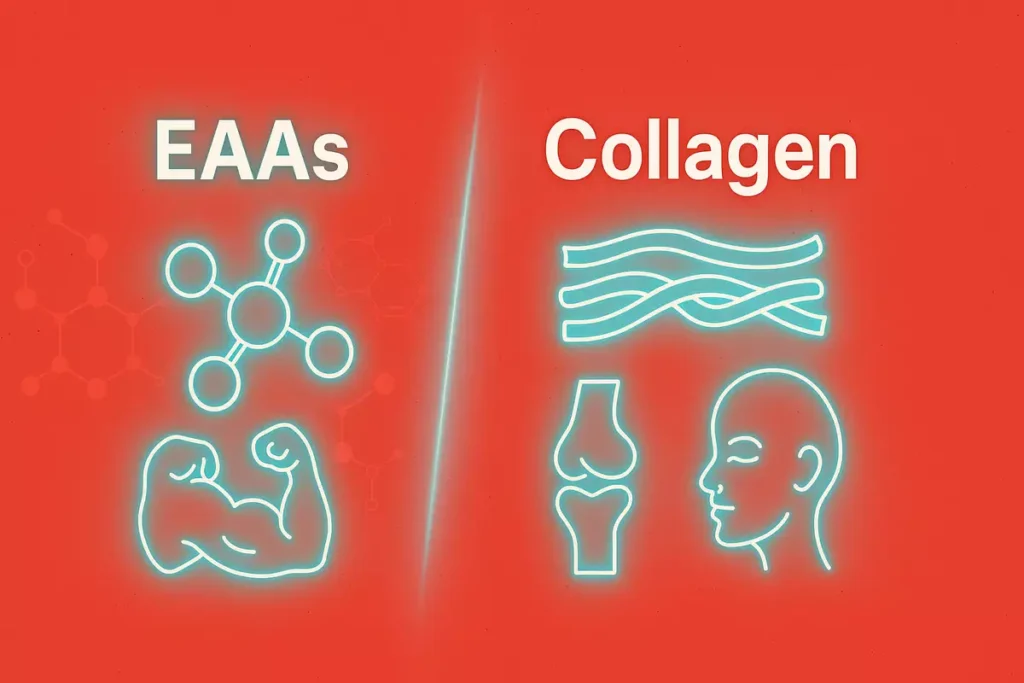
EAAs are the nine essential amino acids your body can’t produce on its own. They’re critical for muscle repair, growth, and performance — especially leucine, which directly activates the muscle-building process.
If you’re training hard, trying to preserve muscle during cutting, or over the age of 30, EAAs can be game-changing. (Related: EAAs for cutting and muscle preservation, EAAs for older adults).
Collagen, on the other hand, is the most abundant protein in the body. It’s found in connective tissues, tendons, skin, and ligaments. It’s rich in glycine, proline, and hydroxyproline, but lacks the branched-chain amino acids (like leucine) that drive muscle protein synthesis.
So while collagen supports structural health, it doesn’t trigger muscle growth the way EAAs do.
Muscle Recovery: EAAs vs Collagen
From my personal experience, the difference in recovery was obvious.
When I added 10g of EAAs intra-workout, I noticed that my post-leg-day soreness dropped from 48 hours down to under 24. My muscles felt less fatigued, and I recovered faster between sessions.
This is because EAAs directly fuel muscle repair and regeneration, especially after intense resistance training. They’re also a great option during fasted workouts or calorie deficits. (Learn how long EAAs stay active in your system).
Collagen, however, didn’t reduce muscle soreness in the same way. But it did help when I was dealing with elbow and shoulder stiffness during heavy pressing cycles.
After a few weeks of taking hydrolyzed collagen with vitamin C in the morning, the discomfort noticeably decreased. I had better joint mobility and less clicking during lifts.
Strength Gains: Who Wins?
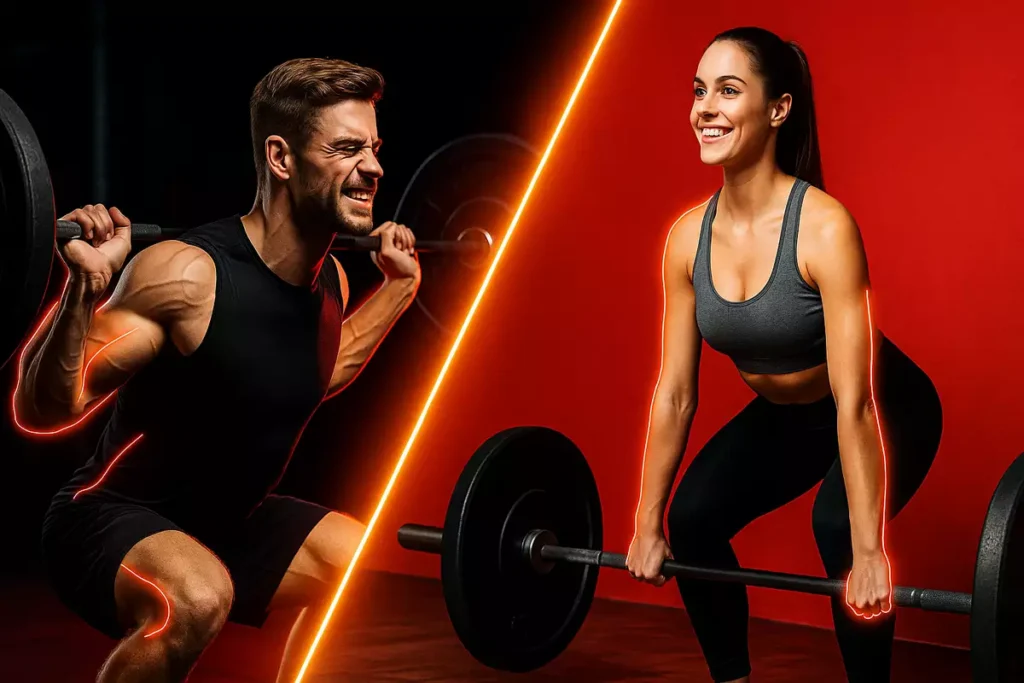
When the goal is muscle strength and hypertrophy, EAAs clearly outperform collagen.
EAAs provide the exact amino acids your muscles need to grow, especially during high-volume or high-intensity phases. I saw more muscle fullness, improved pumps, and even better performance after adding them regularly.
During cutting phases, EAAs also helped me retain muscle mass while in a deficit. (Read more: EAAs for muscle preservation while cutting).
Collagen doesn’t contribute to muscle strength directly. But it helps you stay consistent by keeping joints healthy — which indirectly supports strength progress by reducing downtime or nagging injuries.
When Collagen Beats EAAs
Now don’t get me wrong — collagen has its own set of superpowers.
If you’re struggling with nagging injuries, tendon inflammation, or poor skin health, collagen shines.
One of my clients, Rachel (34, Canada), dealt with chronic knee pain during squats. I recommended she start taking 10g of hydrolyzed collagen + vitamin C daily, and after six weeks, her joint discomfort significantly improved.
On the flip side, Marco (31, Italy) fasted during Ramadan and still wanted to maintain muscle. He used EAAs during the fasting window and reported amazing energy and strength despite limited meals.
If you’re following a plant-based diet, EAAs for vegan muscle growth is a must-read.
Can You Take Both Together?
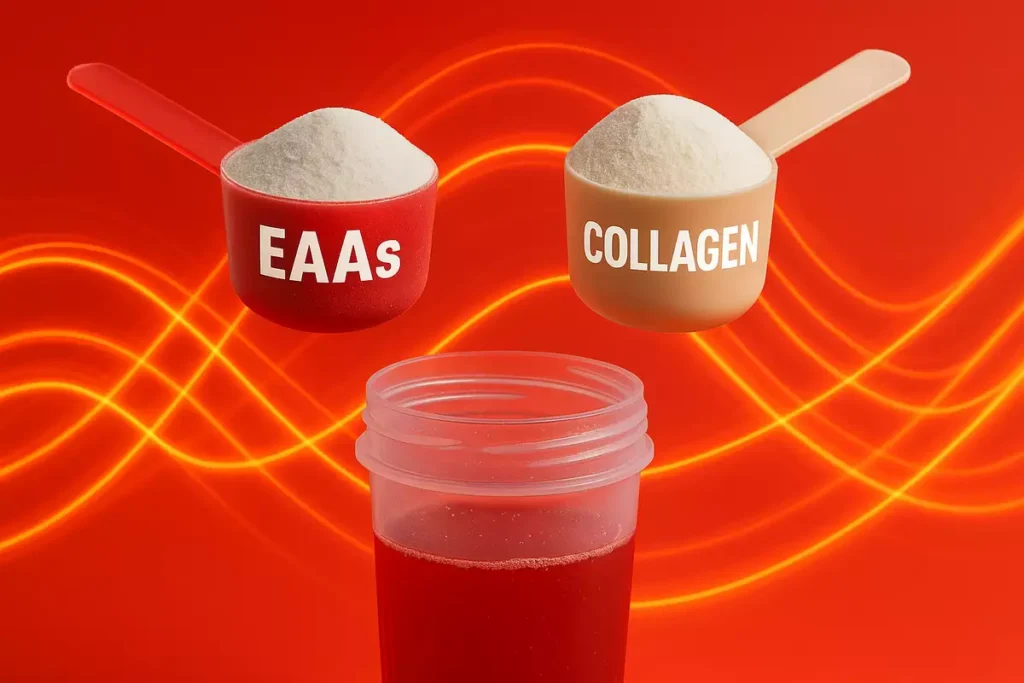
Definitely — and honestly, that’s the sweet spot.
I take collagen with vitamin C first thing in the morning for joint and tendon support. Then I sip on EAAs during my workout to boost recovery and protect lean muscle.
This combo keeps me strong, mobile, and progressing in every training block.
You can even find EAAs with hydration support to enhance your intra-workout routine. (Check this hydration + EAAs guide).
And if you’re sensitive to additives, here’s a guide to EAAs without artificial sweeteners.
You don’t need to overcomplicate it — just be consistent with both.
Final Verdict: Which One Should You Choose?
So here’s the bottom line.
If your main goal is building strength, faster recovery, and preserving muscle, go with EAAs. They’re a direct, powerful tool that enhances muscle protein synthesis — especially useful during fasted workouts or cutting phases. (Bonus: Should you take EAAs on rest days?)
If you’re dealing with joint pain, previous injuries, or want better long-term durability, collagen is your go-to.
But if possible? Stack both. That’s what I do — and what I recommend to clients who want to train hard and stay healthy for years.
Recover smarter. Build stronger. Stay in the game.
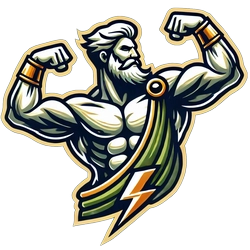
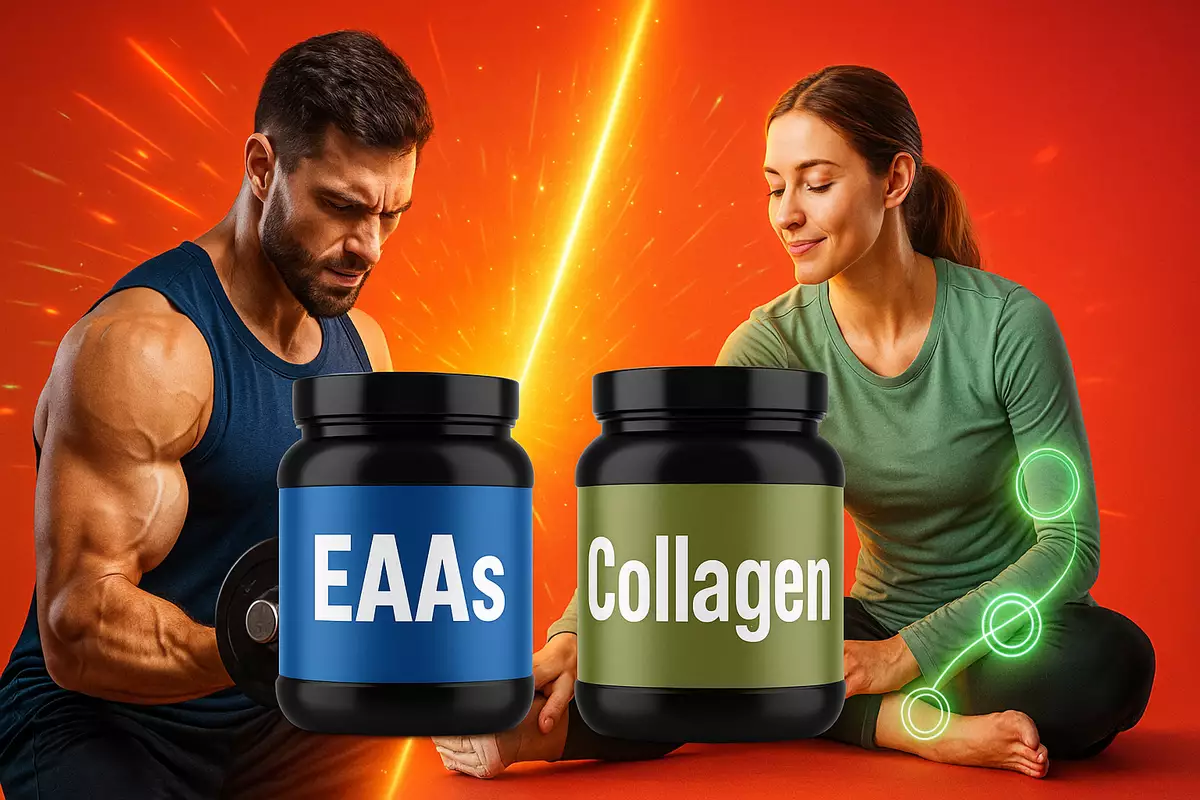

Leave a Reply